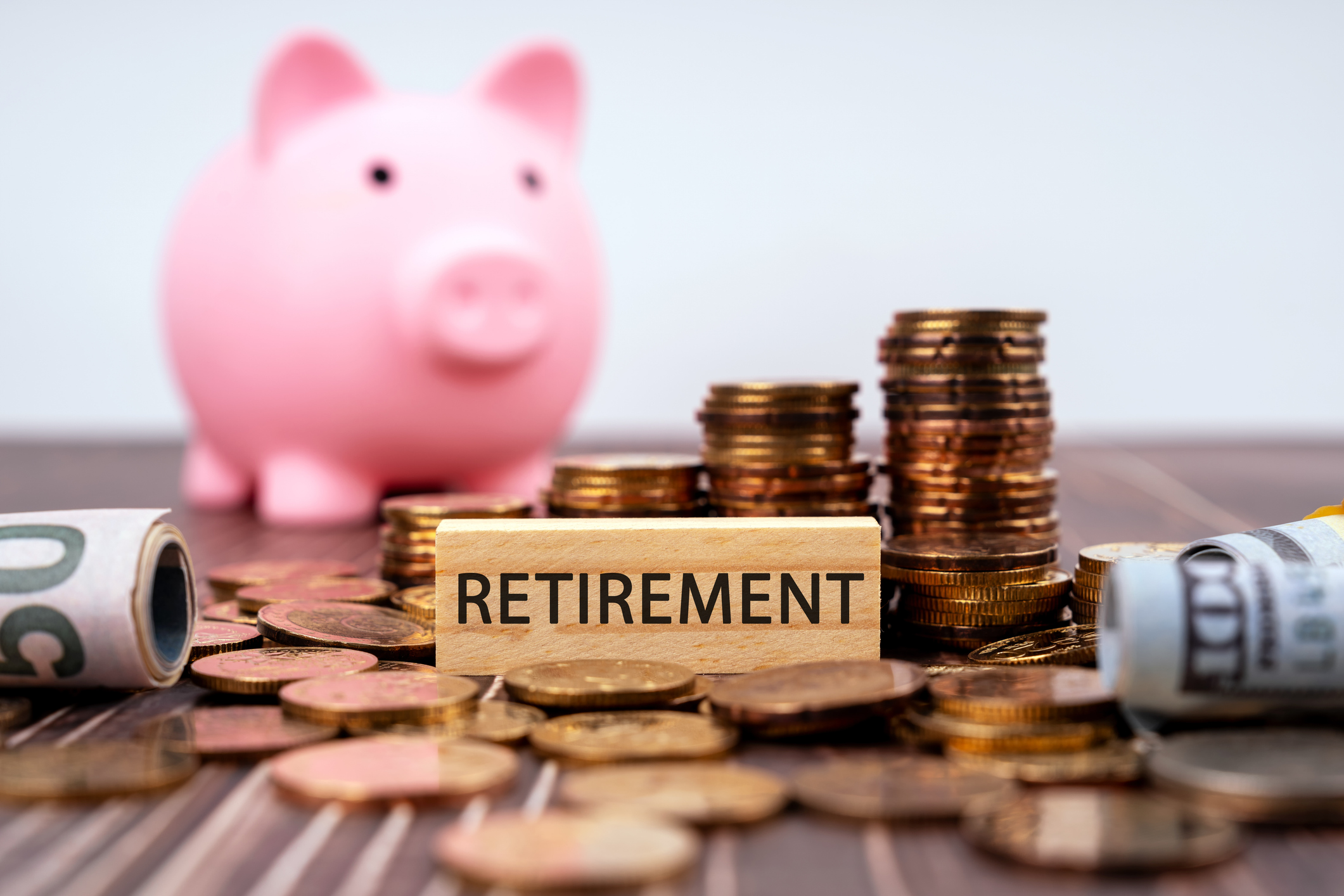5 Types of Income Investments That Should Shine in 2014
If you’re set for life or will need your money soon, go ahead and bank your cash. Otherwise, get in there and invest.

If you want to know why many adventurous income funds performed so well the past year despite so much angst about the direction of interest rates, take a gander at page 24 of the Third Avenue Focused Credit Fund’s latest shareholder report: “Debt instruments that had been traditionally sold as ‘safe’ have simply paid too little to contend with rising interest rates or even modest inflation. Those instruments that have traditionally been considered as ‘risky’ are actually better positioned to perform well under current economic conditions.” Third Avenue Focused Credit, which buys low-rated corporate bonds, returned 15% in the first 11 months of 2013.
Rick Rieder, the bond chief of the BlackRock funds, says much the same, only more succinctly: “Safe assets are risky and risky assets are safe.” And consider the headline in a recent report from Bank of America Merrill Lynch: “Fear not the Fed.”
Say what? Isn’t the Fed about to bring us Bondmageddon by easing the pedal on its super-accommodative monetary policy? And won’t the resulting rise in long-term interest rates wreck just about all income-producing investments? But the conventional wisdom is often wrong, and that may turn out to be true in 2014, at least for certain supposedly risky income investments.
From just $107.88 $24.99 for Kiplinger Personal Finance
Become a smarter, better informed investor. Subscribe from just $107.88 $24.99, plus get up to 4 Special Issues

Sign up for Kiplinger’s Free Newsletters
Profit and prosper with the best of expert advice on investing, taxes, retirement, personal finance and more - straight to your e-mail.
Profit and prosper with the best of expert advice - straight to your e-mail.
Moreover, although the Fed is likely to cut back its $85-billion-a-month bond-buying program soon, that doesn’t mean the central bank is about to clamp down on the economy. Most important, the Fed is likely to keep short-term interest rates near zero until 2015. If you’re set for life or will need your money soon, go ahead and bank your cash. Otherwise, get in there and invest. (Editor's Note: After this column was first published in the February 2014 issue of Kiplinger's Personal Finance magazine, the Fed announced its plans to begin tapering its bond-buying program in January 2014. For more information, see Interest Rates and the Fed's Taper.)
Here are five income categories that should continue to perform well.
1. High-yield corporate bonds had a winning year in 2013, so the category is attracting a lot of money, which isn’t necessarily a plus. And credit standards for some new junk bond issues have been lax. But the 4-percentage-point gap between the yield of the average junk bond and the yield on ten-year Treasuries is wide enough to support prices. If junk bond prices temporarily fall 5%, bargain hunters will appear. You’d be wise to join them.
2. One rap on real estate investment trusts is that they often borrow to expand or to refinance their debts, leaving them vulnerable to rising rates. Property-owning REITs had a rare nonrecession off year in 2013, essentially breaking even through November 29. But independent analyst Brad Thomas has found that in 16 prior periods of rising Treasury yields, property REITs produced positive returns 12 times. The sluggish 2013 was mainly the result of profit-taking after a long period of super performance. Expect better results in 2014.
3. Preferred stocks took it on the chin last spring and summer. But they have steadied as buyers find yields that can be double or triple those of the same issuers’ common stocks. Some preferreds now yield 6.5% to 7%.
4. For a while, even municipal bonds fell victim to fear of the demonic Fed. But tax-exempts are less sensitive to rate gyrations than, say, Treasuries and mortgages. The troubles of the one and only Detroit illogically resulted in selloffs of bonds from thousands of sound localities. As a result, you can easily get tax-free yields of 3% for ten years and 4.5% for 30 years from highly rated municipalities.
5. Finally, what about the stock market, which contains many issues paying 3%, 4% and up? Yes, the market may experience a hiccup when the Fed makes clear that it’s finally ready to taper its bond-buying program. But that will happen only when the Fed believes the economy is strong enough to withstand higher bond yields—a plus for stocks. Kiplinger’s sees a winning year for the market in 2014.
Profit and prosper with the best of Kiplinger's advice on investing, taxes, retirement, personal finance and much more. Delivered daily. Enter your email in the box and click Sign Me Up.

Kosnett is the editor of Kiplinger Investing for Income and writes the "Cash in Hand" column for Kiplinger Personal Finance. He is an income-investing expert who covers bonds, real estate investment trusts, oil and gas income deals, dividend stocks and anything else that pays interest and dividends. He joined Kiplinger in 1981 after six years in newspapers, including the Baltimore Sun. He is a 1976 journalism graduate from the Medill School at Northwestern University and completed an executive program at the Carnegie-Mellon University business school in 1978.
-
 Is Your Emergency Fund Running Low? Here's How to Bulk It Up
Is Your Emergency Fund Running Low? Here's How to Bulk It UpIf you're struggling right now, you're not alone. Here's how you can identify financial issues, implement a budget and prioritize rebuilding your emergency fund.
-
 Guide to How All-Assets Planning Offers a Better Retirement
Guide to How All-Assets Planning Offers a Better RetirementAn "all-asset" strategy would integrate housing wealth and annuities with traditional investments to generate more income and liquid savings for retirees.
-
 Forget FIRE: Why ‘FILE’ Is the Smarter Move for Child-Free DINKs
Forget FIRE: Why ‘FILE’ Is the Smarter Move for Child-Free DINKsHow shifting from "Retiring Early" to "Living Early" allows child-free adults to enjoy their wealth while they’re still young enough to use it.
-
 What Fed Rate Cuts Mean For Fixed-Income Investors
What Fed Rate Cuts Mean For Fixed-Income InvestorsThe Fed's rate-cutting campaign has the fixed-income market set for an encore of Q4 2024.
-
 The Most Tax-Friendly States for Investing in 2025 (Hint: There Are Two)
The Most Tax-Friendly States for Investing in 2025 (Hint: There Are Two)State Taxes Living in one of these places could lower your 2025 investment taxes — especially if you invest in real estate.
-
 The Final Countdown for Retirees with Investment Income
The Final Countdown for Retirees with Investment IncomeRetirement Tax Don’t assume Social Security withholding is enough. Some retirement income may require a quarterly estimated tax payment by the September 15 deadline.
-
 How Inflation, Deflation and Other 'Flations' Impact Your Stock Portfolio
How Inflation, Deflation and Other 'Flations' Impact Your Stock PortfolioThere are five different types of "flations" that not only impact the economy, but also your investment returns. Here's how to adjust your portfolio for each one.
-
 Why I Still Won't Buy Gold: Glassman
Why I Still Won't Buy Gold: GlassmanOne reason I won't buy gold is because while stocks rise briskly over time – not every month or year, but certainly every decade – gold does not.
-
 Should You Use a 25x4 Portfolio Allocation?
Should You Use a 25x4 Portfolio Allocation?The 25x4 portfolio is supposed to be the new 60/40. Should you bite?
-
 Retirement Income Funds to Keep Cash Flowing In Your Golden Years
Retirement Income Funds to Keep Cash Flowing In Your Golden YearsRetirement income funds are designed to generate a reliable cash payout for retirees. Here are a few we like.
-
 10 2024 Stock Picks From An Investing Expert
10 2024 Stock Picks From An Investing ExpertThese 2024 stock picks have the potential to beat the market over the next 12 months.